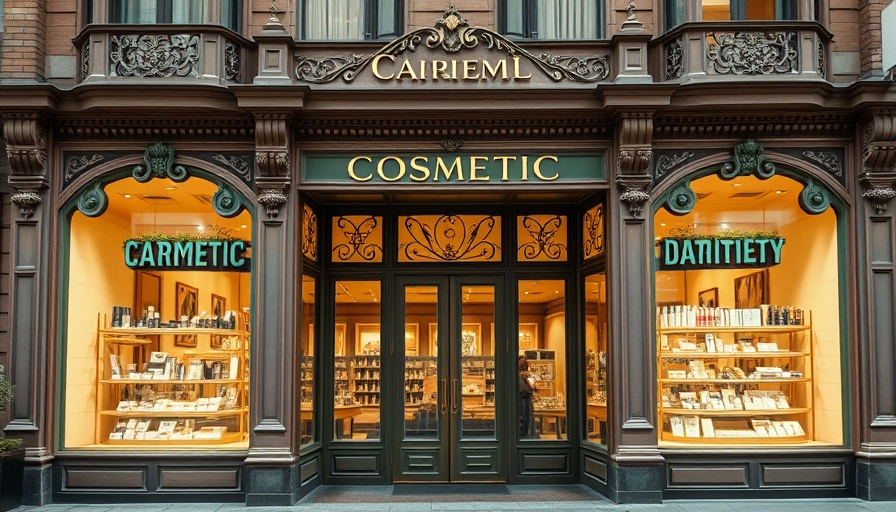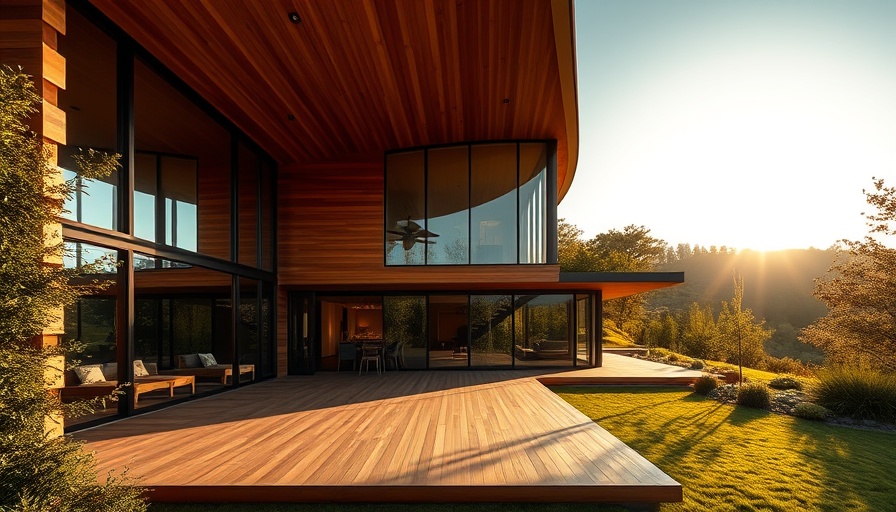
Victorian Inspiration Meets Modern Design: Aesop's New Store
In the heart of historic Leeds, Aesop has unveiled a new store that draws heavily from the opulent designs of Victorian bathrooms. This fascinating blend of the past and present isn’t just about aesthetics; it’s about creating an inviting atmosphere that promotes wellness and productivity—two essential aspects for anyone working remotely. As more people shift to digital nomadism, spaces that encourage comfort and efficiency become invaluable.
The Intersection of Style and Ergonomics
The design of Aesop’s store highlights a crucial aspect that remote workers often overlook: the importance of a well-thought-out space that enhances their productivity. Victorian bath design is characterized by its attention to detail, intricate tile work, and luxurious materials, which can evoke a sense of comfort and peace. These elements can influence how one feels in a workspace, and having a visually appealing environment can elevate moods and encourage creativity.
Emphasizing Comfort in Remote Workspaces
For digital nomads, the comfort provided by a well-designed space can lead to higher productivity. Aesop’s new store demonstrates how embracing unique, historical designs allows one to create an inviting workspace. The soft lighting, tactile surfaces, and interesting layouts found in similar design schemes can help to create a calming backdrop for anyone needing a break from the complexities of their remote work.
Creating Your Own Ergonomic Sanctuary
While you may not have a Victorian-style store at your disposal, there are several ways to incorporate elements of Aesop’s design into your own workspace. Here are a few tips:
- Incorporate Textures: Use a mix of materials in your workspace. Think of soft fabrics, hardwood elements, and decorative tiles that can create a tactile experience.
- Soft Lighting: Replace harsh lighting with softer options like lamps or LED strips that can mimic natural light and create a warm environment.
- Utilize Colors Wisely: Earthy and muted tones can promote focus and relaxation, contributing to an overall sense of wellbeing.
Cultural Significance of Workspace Designs
By highlighting the Victorian-inspired design of the Aesop store, we remember that workspace design is not just functional but is also steeped in cultural significance. As remote work becomes more prevalent, reflecting on historical design trends allows us to appreciate how spaces can influence our workspace dynamics today.
How Design Can Inspire Innovation
As digital nomads create their unique working experiences, understanding the relationship between design and productivity is fundamental. Victorians understood the effects of their environment on daily living; modern workers can also benefit from this knowledge. By surrounding ourselves with inspiring designs, we foster creativity and motivation, key ingredients to success in a work-from-anywhere lifestyle.
The new Aesop store in Leeds is a prime example of how the intersection of history, culture, and design impacts our modern workspaces. As we look for ways to enhance our own environments, let’s draw inspiration from this beautiful melding of styles. Consider these design principles when creating your own functional and aesthetically pleasing workspace, and watch as your productivity soars.
For further insights on enhancing your remote work experience, explore more about how design impacts productivity and well-being.
 Add Row
Add Row  Add
Add 




Write A Comment